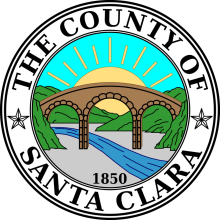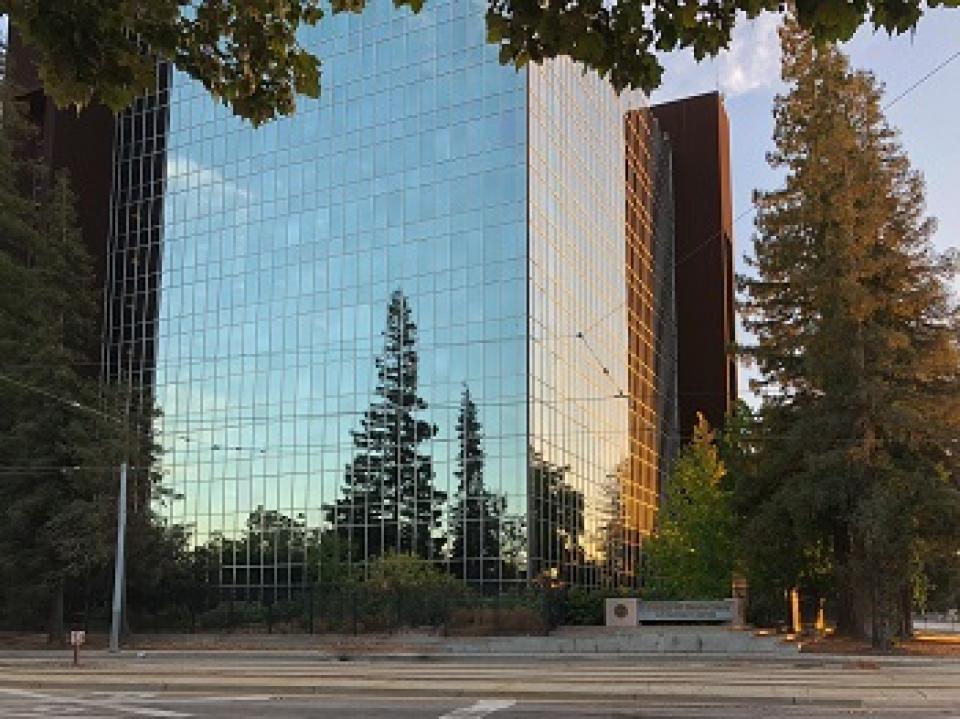
Driven by Covid frustration and a boom in available grant money, Santa Clara County, California officials say they’re moving forward with their plans to explore a municipal broadband network, with the formal next steps expected to be announced at the tail end of this year.
Last December, the board of supervisors in Santa Clara unanimously approved the creation of a publicly-owned fiber municipal broadband network. Spearheaded by County Supervisors Cindy Chavez and Susan Ellenberg, the project aims to provide “affordable, reliable high speed broadband service” to communities across Santa Clara County.
Santa Clara county contracted CTC Technology and Energy to examine various construction and funding proposals and develop a project master plan. County officials tell ILSR that the next report on that effort isn’t expected until November or December of this year, but the county is working on building a bridge toward a publicly-owned option in the interim.
Hidden In Plain Sight
According to the California State Association of Counties (CSAC), 70,000 Santa Clara residents have no access to broadband whatsoever. Another 73,000 currently qualify as underserved, meaning they remain stuck on dial up or antiquated DSL incapable of meeting the FCC’s minimum threshold of 25 Megabit per second (Mbps) downstream/3 Mbps upstream to even be considered “broadband.”
“The pandemic has exposed the digital inequity that has been hidden in plain sight in the heart of Silicon Valley for two decades now,” Santa Clara County Supervisor Cindy Chavez told ILSR.

“Our region has generated an unimaginable amount of wealth off of the Internet,” Chavez said. “We have transformed every facet of humanity in the last 25 years, but we also left more than 70,000 of our neighbors behind. Now is the time to fix that by bringing high speed broadband access to our entire community.”
State data indicates that another 689,000 of Santa Clara County’s residents currently live under a monopoly, resulting in high prices, slower speeds, and substandard customer service—all usually worse in already marginalized neighborhoods. All of CSAC’s data is pulled from unreliable FCC Form 477 data, meaning these metrics are likely all notably worse in reality.
As with so many other municipalities, frustration with substandard broadband during the Covid crisis drove an unprecedented interest in expanding affordable, reliable broadband. Photos from Monterey County of kids huddled in the dirt outside of fast food restaurants just to attend online class galvanized public support for creative, new broadband alternatives across California.
In Heart of Silicon Valley, Officials Eye Success of Municipal Utilities
Chavez told ILSR the county hoped to lean on the city of Santa Clara’s experience as an electric utility to inform the county’s broadband efforts.
“Here in Silicon Valley we have decades worth of proof of the value of municipally-owned utilities,” Chavez said. “The City of Santa Clara’s municipally-owned electric utility provides power to more than 50,000 households and businesses. Its rates for electricity are as much as 39% lower than those of for-profit Pacific Gas & Electric Company.”
Whatever the county master plan winds up looking like, it’s expected to tether tightly into California’s recently passed SB147, which doled out $3.25 billion to build, operate and maintain an open access, state-owned middle mile network, and set aside another $2.8 billion to help fund a wide variety of broadband expansion projects.
Public-Private Pilot Projects Bridge to Municipal Network
As the county waits for completion of this master plan, county officials began laying the framework last April for new pilot efforts struck with various private-sector ISPs. Officials say these pilots all have to align with grant funding requirements put in place by the California Public Utilities commission and SB147.

As a result, these offerings must provide symmetrical speeds of at least 50 Megabits per second (Mbps) at prices no higher than $40 a month, with a free modem included. These offerings also cannot include installation fees or minimum term contracts.
County officials say these interim projects will act as a bridge for the completion of the county’s municipal broadband network, which will take several years to design and build. City officials say they were inspired by the successes in Chattanooga and hope the county’s network will convey similar financial benefits to the broader community.
“The savings from a publicly-owned fiber optic broadband network in Santa Clara County would not only help working families who are struggling to afford to live here, it would also drive job growth as businesses would be able to take advantage of cost effective internet access,” Chavez said.
Inline map of Santa Clara County (unicorporated parts of the county in orange) courtesy of Wikimedia Commons, Attribution-ShareAlike 3.0 Unported (CC BY-SA 3.0)
Inline image of Santa Clara County Government Center courtesy of Flickr user Will Buckner, Attribution 2.0 Generic (CC BY 2.0)






